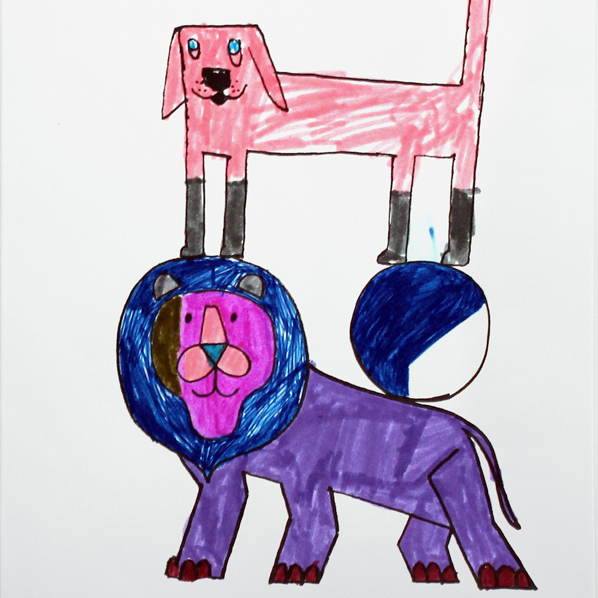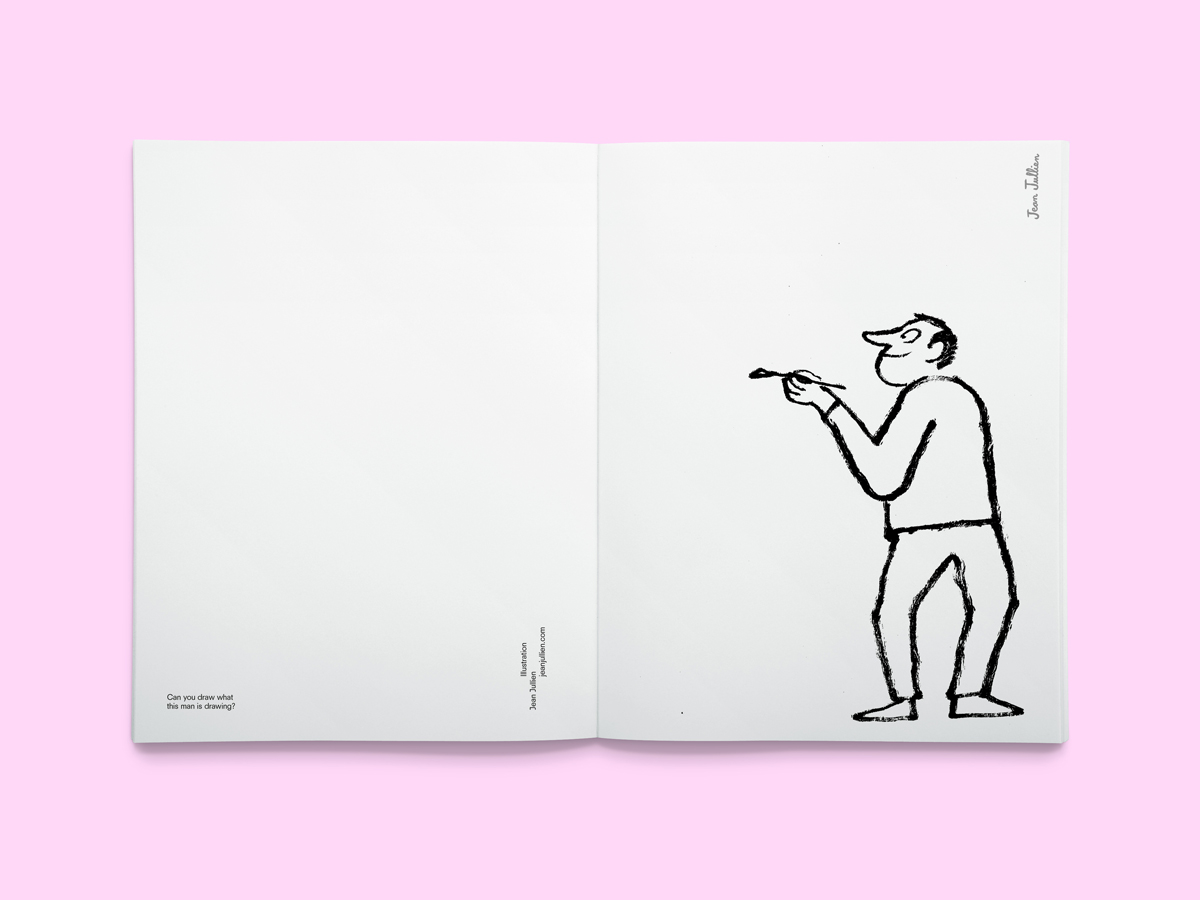The Daub Creative Workbook
An artist-driven project for kids who are stuck in bed or the hospital


When David Bennett’s son had to stay at the King’s College Hospital in London back in 2013, the British branding agency director began thinking about how he and others in the creative industry could help children admitted to hospital wards, and how to thank the staff who’d helped him and his family. The idea of a “Creative Workbook” was born: something to occupy kids’ minds and get them to use their imagination while stuck in a place that can be both scary and tedious.

So began the Daub project, which features drawings from some of today’s best illustrators, all of who have lent their talent to a book full of pictures for sick kids to color in and expand on. Bennett’s background made this visually appealing publication possible. “I run a online creative site called Visuelle, and over the years I have featured the contributors, so I reached out to a few—who all have different styles and approaches—to see if this is something they would like to help with,” he says. Bennett was impressed with the contributions and it did nothing but evolve the workbook. “I was amazed at their ideas… They really had some great thinking and interactions the children could work with,” he says.

Among the artists taking part are Rachel Sale, Hey, Stephen Smith, Crispin Finn and Jean Jullien. Jullien says he wanted to get involved simply because it’s “a great cause,” and Bennett believes the project could be huge. “I really hope the children like the idea and that they submit their versions to the website, so I can showcase them,” says Bennett. “And who knows, maybe you could have an exhibition in the corridors of the children’s ward, or take the drawings to the hospital walls, so they can add color and generally interact with them on a large scale.”

The illustrations in the book range from relatable everyday items, like sneakers and pencils to animal pictures. Jullien says of his character with a paintbrush, “I chose something that was more of an invitation to create than a final piece. I wanted the kids to identify with the character and to continue his action of drawing.” He also thinks it’s important to not dumb things down for kids, “I don’t believe in drawing specifically for children; I find it a bit patronizing. My favorite things as a kid weren’t specially designed for a young audience, but it was good enough to be understood by them.” But it’s not just a coloring book: there are plenty of blank pages on which kids are encouraged to create cartoons, doodles, poems or the beginning of a great novel.

To begin with, Daub has been made in 300 copies for King’s College Hospital, to see if kids like the idea. If the first run is successful, Bennett plans to talk to printers and paper manufacturers to help support the next round of Daub workbooks. And the idea has already resonated with not just the illustrators helping to create Daub, but also the hospital. “Nowadays, a lot of the children are on electronic devices playing games—not all but a good few. The hospital loved the idea of getting the kids to use their imaginations, even if it’s for five or 10 minutes, to color in, create something they can feel proud of and share with other children in a similar environment,” Bennett says.
Looking at the illustrations in Daub makes children and adults alike itch to fill them in, to give life to the inviting black-and-white spaces. It’s easy to imagine the workbook becoming a fun, captivating activity for kids—long after they recover from their bout of flu.
Images courtesy of Daub












